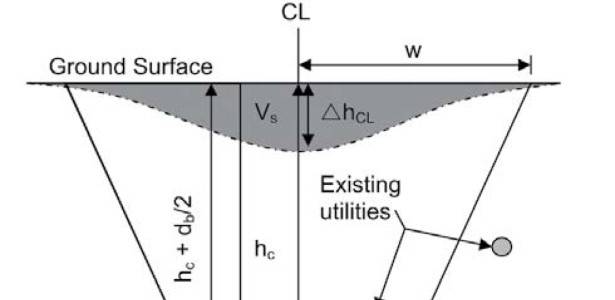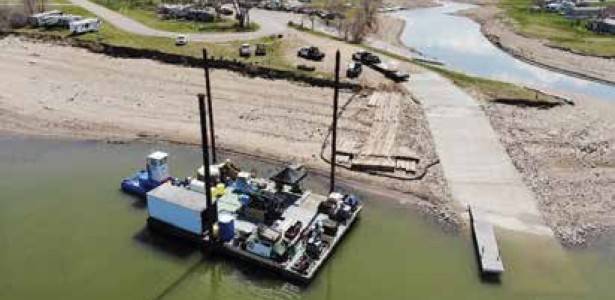Introduction
Pipe thrusting in the pipeline industry has become a very common technique for trenchless crossing installation. The most common technique is Direct Steerable Pipe Thrusting (DSPT); however the pipe thruster has also been commonly used in other applications such as casing installation or retraction, and support for other trenchless techniques. The focus of this article is to review the pipe thrusting requirements for small overcut (or annulus) applications. Since the overcut is generally smaller than that of horizontal directional drilling (HDD) there is a concern of friction dominating the total thrust force required for installation or retraction. As in traditional microtunnel applications with limited vertical geometry, such as curves, the friction generally dominates the jacking or thrusting force requirements. Traditional microtunneling is predominantly used for larger diameter applications than what is seen for pipeline applications in the oil and gas industry.
The topic of frictional contribution and its impact on the pipe thrusting activity is very important to advance design to a stage that can help assess contractor plans with a known degree of accuracy. Conservatism isn’t an adequate method for design, especially when working with a contractor to optimize equipment due to availability, construction workspace or worksite layout.
Author
Stefan Goerz M.Sc., P.Eng., P.E., CCI Group of Companies



